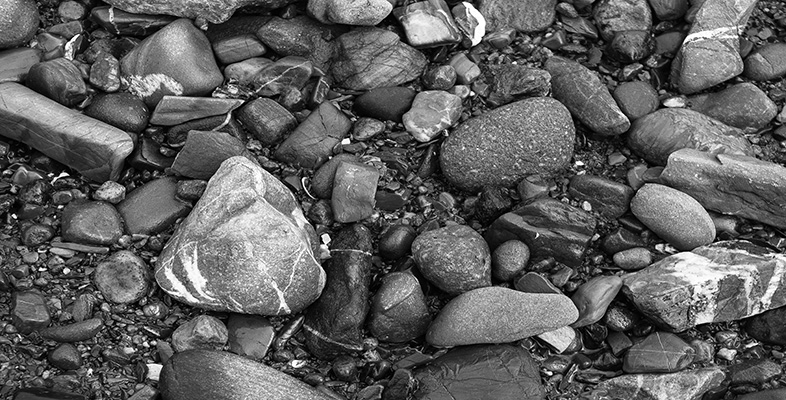1.5 The formation of metamorphic rocks
Any type of rock can become a metamorphic rock if it is heated to temperatures of several hundred degrees Celsius, and/or if subjected to high pressure (because of the weight of overlying rocks). During metamorphism, the minerals making up the rock become chemically unstable, meaning that their constituent ions are redistributed. The result is that either large crystals grow at the expense of existing smaller ones, or a new set of minerals is formed. Generally speaking, the overall chemical composition of the rock remains about the same. Although igneous and metamorphic rocks both form at high temperatures, an important distinction is that metamorphism occurs in the solid state, whereas igneous activity involves liquid rock (magma).
